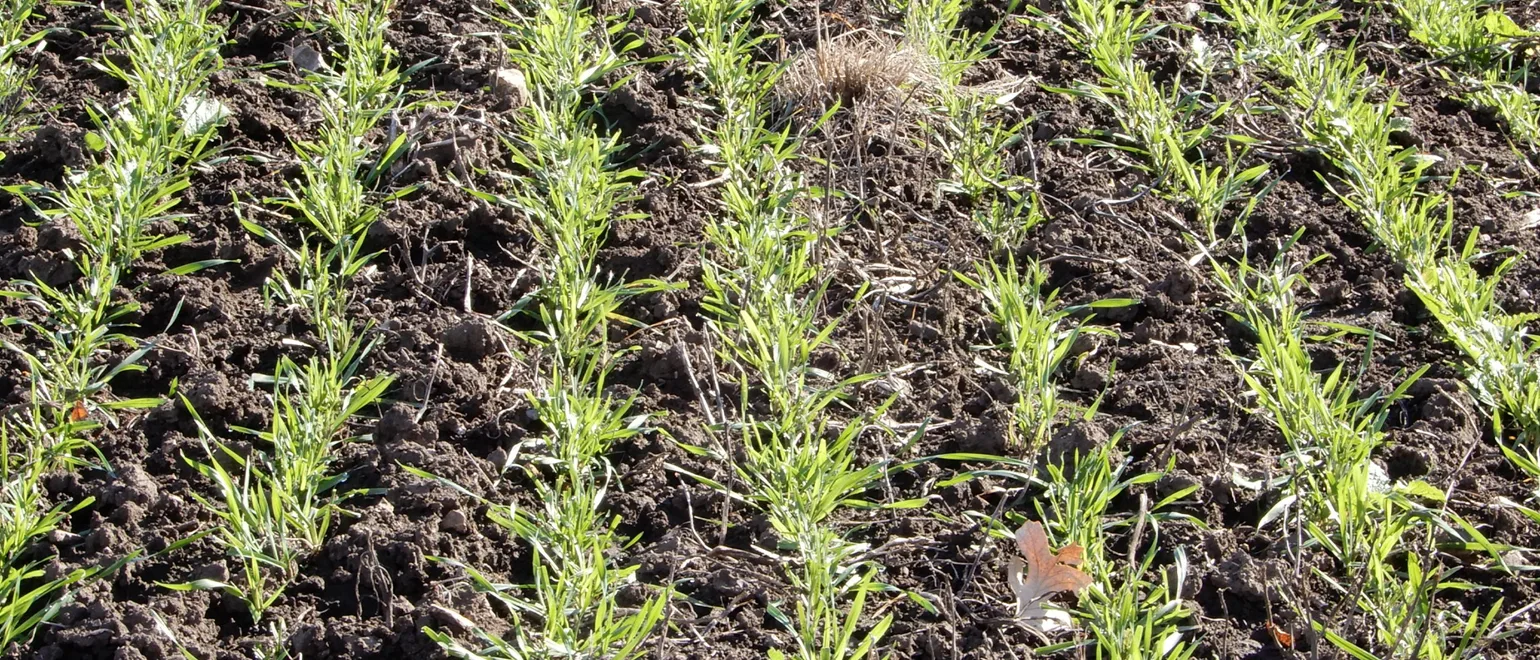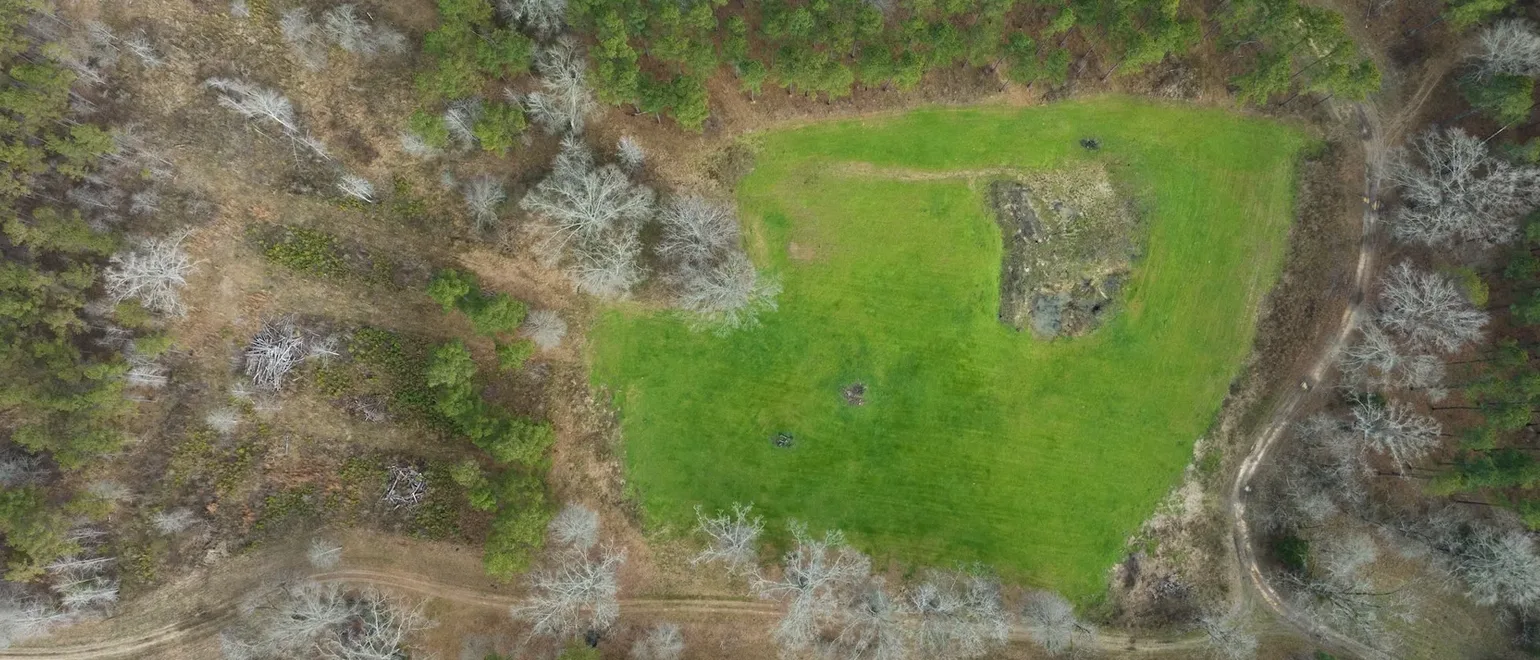
Planting food plots for turkeys isn’t as widespread as it is for deer, but it absolutely should be. Wild turkeys are highly responsive to well-managed food sources, making food plots a powerful tool for both hunters and land managers. In fact, a thoughtfully planted turkey plot can attract birds more consistently than many other habitat enhancements.
Like all wildlife, turkeys rely on a combination of habitat features to thrive—roosting sites, escape cover, nesting and brood areas, access to water, and reliable food sources. Fortunately, many of these needs can be supported through smart food plot planning.
In this guide, we’ll explore what to plant for turkeys to enhance habitat, increase activity on your land, and ensure long-term success. Many of these food plot crops also benefit other wildlife, offering added value to your property management efforts.
What to Plant for Turkeys to Improve Habitat and Hunting Success

Creating food plots specifically for wild turkeys can be a game-changer for landowners and hunters alike. While deer often get the spotlight when it comes to food plot strategy, wild turkeys benefit just as much—if not more—from intentional planting. These birds rely on a diverse and consistent habitat that meets their year-round needs for food, cover, and safety.
Why Plant Food Plots for Turkeys?
Food plots do more than simply draw in turkeys during hunting season. They play a vital role in supporting a healthy, sustainable turkey population. Turkeys are opportunistic feeders and will readily take advantage of planted forage, seeds, and insect-rich cover.
Strategic plantings help provide:
- Year-round nutrition
- Brooding and nesting cover
- Safe feeding areas
- Attractiveness to hens and gobblers alike
- Improved hunting opportunities
A well-planned turkey food plot contributes to both conservation and recreation.
Essential Habitat Components for Wild Turkeys

To truly support wild turkey populations, it’s important to provide a complete habitat. Food plots are part of that system, but turkeys also need:
- Roosting trees – Mature trees for nighttime shelter and safety from predators.
- Escape cover – Dense brush or thickets to quickly hide from threats.
- Brood habitat – Low vegetation that’s rich in insects for poults (young turkeys).
- Water sources – Reliable water nearby increases habitat quality.
- Year-round food options – Plots that cover all seasons help maintain turkey presence.
Top Food Plot Crops for Turkeys
Planting the right crops at the right time is essential to creating an effective turkey habitat. Here are the best food plot options:
- Chufa – Produces underground tubers that turkeys dig for, especially in fall and winter.
- Clover Varieties (Arrowleaf, Crimson, Ladino, Red) – High-protein legumes that also attract insects for young turkeys.
- Alfalfa – Offers tender forage and attracts insects, ideal for a brood habitat.
- Buckwheat – Grows quickly, attracts pollinators and insects, and provides excellent seed forage.
- Cereal Rye – Cold-hardy and adaptable, offering winter forage and soil protection.
- Korean Lespedeza – A summer legume that provides seed and cover for birds.
- Millet – A quick-growing grain that provides seed and insect-attracting cover.
- Milo (Grain Sorghum) – A sturdy plant that provides grain in fall and winter.
- Oats – A cool-season grain that provides carbohydrates in colder months.
- Soybeans – High-protein forage that doubles as a late-season food source.
- Winter Wheat – Cold-hardy, provides seed heads in spring and covers throughout winter.
Seasonal Food Plot Strategies
Wild turkeys need different food and habitat elements at various times of the year. Here’s a seasonal approach to food plot planning:
Spring/Summer
- Focus on rapid growth and insect attraction to support nesting hens and poults.
- Best crops: Millet, soybeans, buckwheat, crimson clover
Fall/Winter
- Provide high-energy food to support turkeys through cold temperatures and breeding prep.
- Best crops: Chufa, oats, cereal rye, winter wheat
Year-Round Strategy
- Rotate crops annually to maintain soil health and productivity.
- Use a mix of perennials (like clover and alfalfa) and annuals (like buckwheat and millet) to maximize habitat value.
LandLeader – The Land Marketing Platform for Turkey Habitat Solutions

Whether you’re a landowner looking to improve turkey habitat or a hunter hoping to increase sightings and harvest success, establishing the right food plot is a powerful tool. With thoughtful planning and consistent care, you can turn your land into a turkey magnet while promoting long-term conservation goals.
At LandLeader, we understand the importance of sustainable land use. Our platform connects buyers and sellers who value the land’s natural potential—including for wildlife management. If you’re considering land for turkey hunting or habitat development, we’re here to help you find the right property and implement lasting solutions.